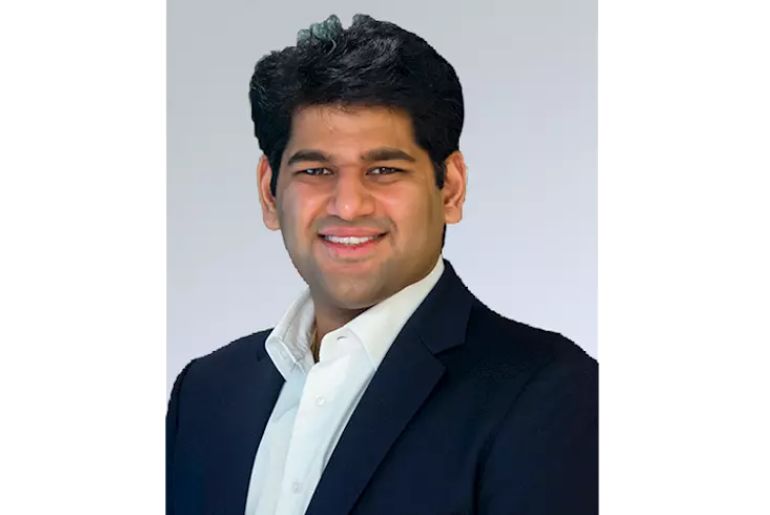TVS Motor Company has been relying on its investments in new technology and products for internal combustion and electric engines to propel the company’s future revenue growth.
“TVS Motor considers its investments crucial for the future and aims to drive topline growth by investing in new products and various technologies to strengthen its EV and ICE capabilities,” Managing Director Sudarshan Venu said in his message to shareholders.
For the current fiscal year, the automaker has allocated Rs 1,000 crore for capital expenditures. Approximately 70% of this will go into creating new ICE and EV two- and three-wheelers as well as digital capabilities.
The management thinks that the strong customer demand for scooters will benefit both the ICE and EV categories. India is leading the world in the early adoption of electric vehicles because to the scooter market. One of the most popular electric scooters in the nation is the TVS iQube. The iQube line, which now starts at Rs 84,999, has three new variations that the business has announced.
“We also understand that the scooter segment is likely to grow significantly, with market share projected to increase to 35-40%. This growth will create opportunities for both ICE and EV segments, allowing consumers to choose as per their convenience and comfort,” Venu said.
TVS’ strategic objectives include improving premiumisation across the portfolio by building new desirable solutions. The automaker also sees leadership in the electric vehicle business through developing innovative product formats and lowering the total cost of ownership by battery and propulsion system R&D.
In 2023-24, TVS Motor posted its highest-ever revenue and profit numbers. Profit rose to Rs 2,083 crore from Rs 1,491 crore in FY23. Revenue from operations grew 20 percent to Rs 31,776 crore as it sold over 40 lakh two-and three-wheelers vehicles while EV sales doubled to 1.94 lakh units.
The company expects “a greater demand surge” for two- and three-wheeler industries on the back of better road infrastructure and increasing mobility demands. “We aim to capitalise on the opportunities by deepening our international presence in the African, Latin American, European, Southeast Asian, and Middle Eastern markets,” Venu added.

